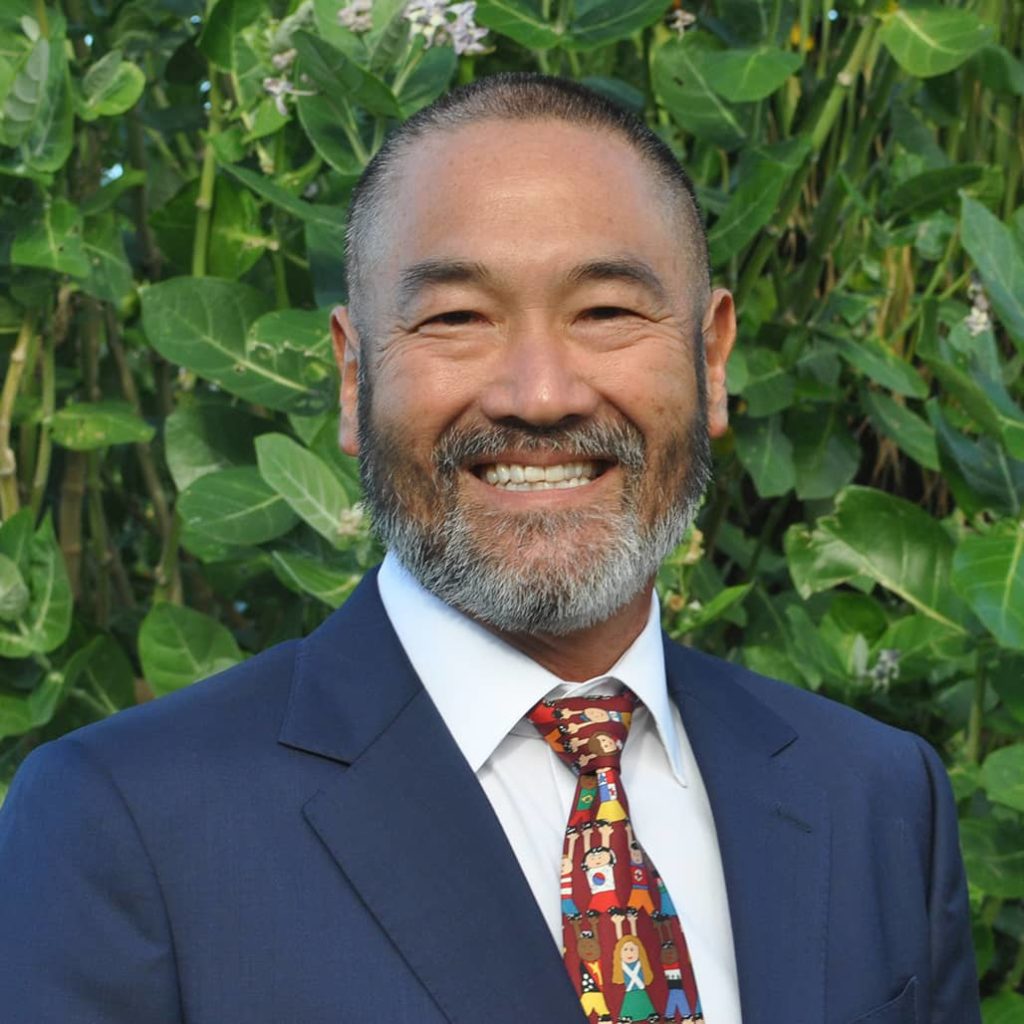A Letter From the CEO: February 2022

Across the country, staff shortages in schools are leaving children—the beating heart of our profession—in the lurch. School leaders can’t find enough substitutes, bus drivers, and other personnel to staff schools, and many principals are themselves having to teach classes and drive buses. News accounts report almost daily that educators are stretched too thin and that schools can’t offer certain academic courses and extracurricular activities because they lack the professionals to teach and lead them.
A recent NASSP survey shows that burnout among school leaders is real. Of a nationally representative sample, 28% of respondents said they definitely plan to leave the principalship as soon as they can, and only 35% reported not receiving threats. Politically charged debates over mask and vaccine mandates, critical race theory, supports for social-emotional learning, TikTok challenges, and an increase in student discipline issues have all taken their toll on school leaders.
If we lose our strong and dedicated educators, it is our students—and our communities—who will suffer. But historically marginalized communities, students of color, and those who come from low socioeconomic backgrounds have been—and will continue to be—disproportionately impacted by an increasingly fractured educator pipeline.
Every day we are advocating for the supports that our educators and our students need to thrive in school. The job of a school leader is not sustainable if public officials at both the local and federal levels do not recognize that more needs to be done to support equity and wellness in our schools. We all know that the pandemic has made the job of school leaders only harder. And it has made students’ and families’ lives harder, too. It has also reminded us of something those who are not in education so often forget: that educational equity for students and wellness for educators are inextricably linked. To strengthen the educator pipeline, we can’t have one without the other.
I encourage you to reach out to the families and communities that you serve and the elected officials who represent you at all levels of government, and let them know the specific resources that you, as school leaders, need and deserve to ensure a bright future for all our students. Now is the time to reach out to your colleagues for moral support. Now is the time to let them know that no school leader is alone. Now is the time to make your voices heard so that together we can make things right for our children.
Sincerely,

Ronn K. Nozoe
CEO, NASSP
